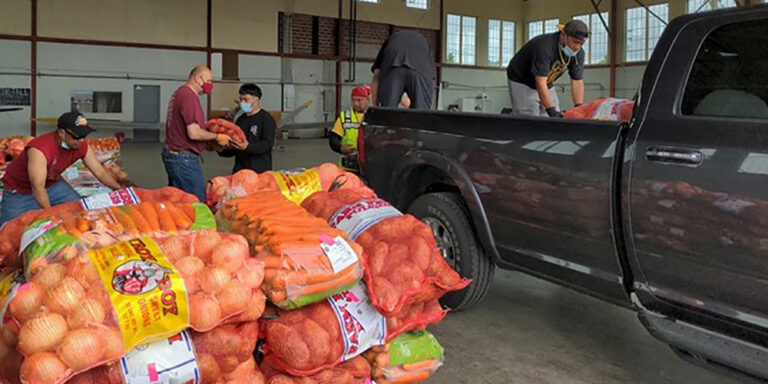
Article Archive by Year

Even though food is necessary for survival, it is not common to see agricultural workers at a disaster training exercise. However, one organization demonstrates why training these volunteers with emergency preparedness and response skills is essential for future large-scale disasters.

Looking Back to Look Ahead to Protect the Food Supply
October 12, 2022
History reveals patterns that preparedness professionals can use to better protect communities from agroterrorism and supply chain threats. One historical study has been updated to reflect cases of intentional food contamination events around the world. Learn more about this research and how to protect the food supply.
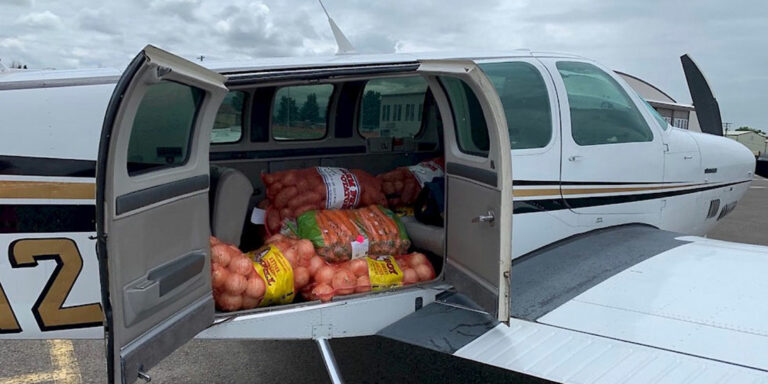
Taking Flight – Creating a Robust Aviation Response, Part 2
October 12, 2022
Volunteer general aviation pilots have assisted their communities during emergencies and disasters for many years. This is the second of a two-part article on their disaster preparedness efforts in the Pacific Northwest. In this part, they participate in two separate yet coordinated functional earthquake and tsunami disaster exercises.
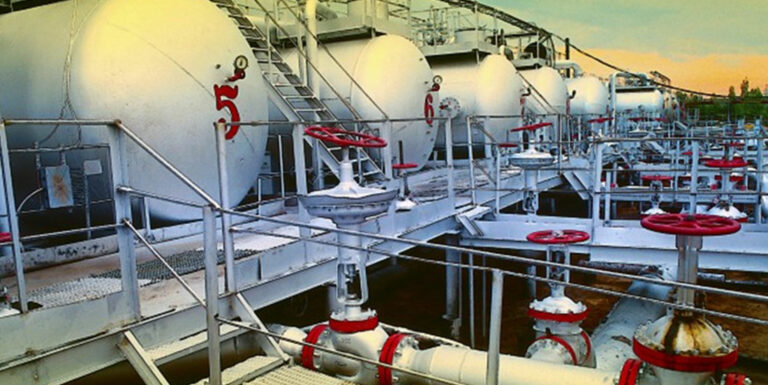
Chemical Sector Perspectives
October 5, 2022
The Chemical Sector is one of 16 sectors identified as critical infrastructure under the Cybersecurity & Infrastructure Security Agency. Domestic Preparedness invited one subject matter expert to answer important questions about this sector and how the sector and its interdependencies can affect any community.

Lessons From Leading Virtual Operations
October 5, 2022
Over the past two and a half years, most emergency preparedness professionals experienced some level of virtual work, even at emergency operations centers (EOC). And it appears that some aspects of working virtually is here to stay – including during a response. This article describes some lessons learned from one

Military Combat Skills for Civilian Disaster Response
September 28, 2022
During their service, military personnel acquire a broad range of lifesaving skills that are critical when on the frontline during wartime. Effective medical triage is one of the skills needed during combat and any major disaster or catastrophic event. When preparing and training for all hazards, the learned experience from
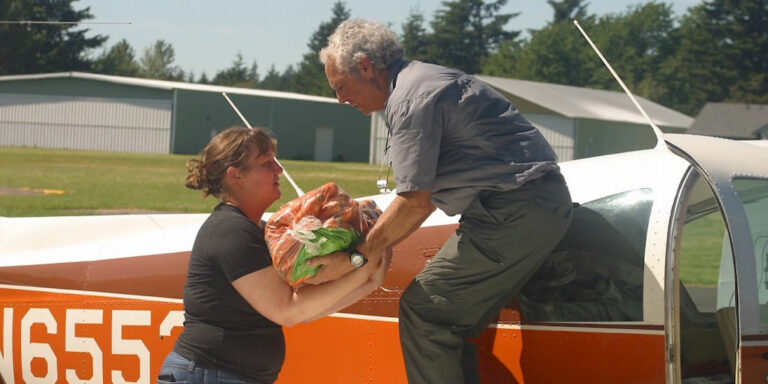
Taking Flight – Creating a Robust Aviation Response, Part 1
September 28, 2022
General aviation pilots have been finding ways to assist their communities during emergencies and disasters for many years. However, over the past two years, significant advances in disaster preparedness have been made as emergency response plans were created and exercised to integrate volunteer aviation response into other community response efforts.
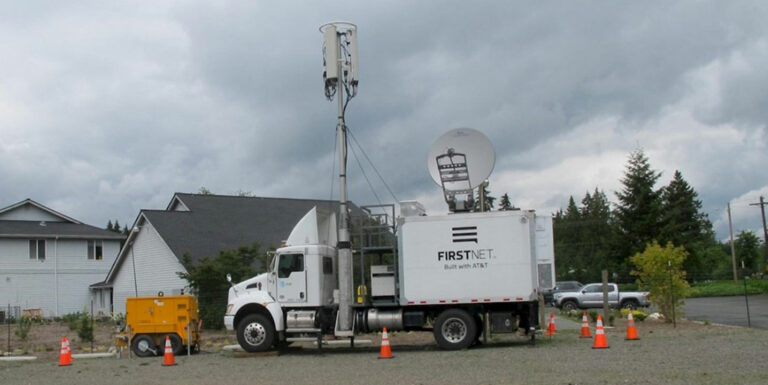
Tribal Nations Test Their Communications Capabilities
September 22, 2022
A 9.0-magnitude earthquake is a predictable scenario along the Cascadia Subduction Zone. This article describes how the tribal nations in the Pacific Northwest are preparing their region for this catastrophic event. This exercise allowed tribal and non-tribal participants to evaluate their resources and test their communications capabilities.
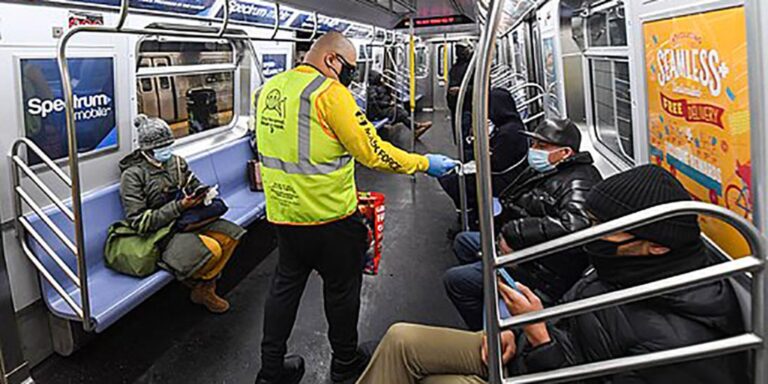
Building Resource Capacity – Start Now
September 21, 2022
Building resource capacity involves research, planning, and execution that should begin now. Identifying potential dangers, considering “what if” scenarios, capitalizing on other events and incidents, and overcoming barriers are key components for building resilient communities. This article explains how to get started.
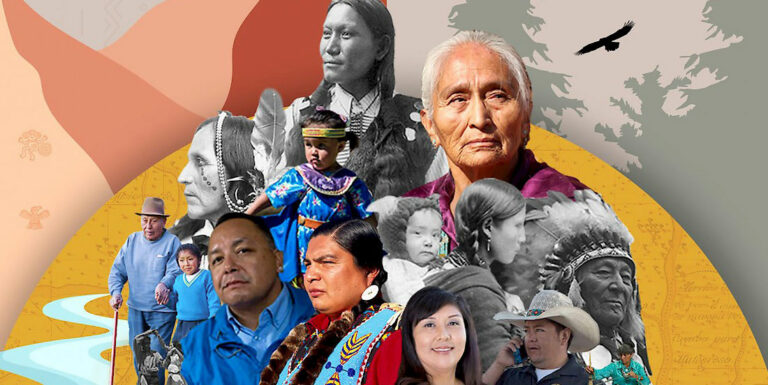
Respecting Tribal Emergency Management
September 14, 2022
Emergency management professionals tend to exhibit what they routinely advocate within their respective communities – resilience. As the field of emergency management continues to evolve, its leaders and their organizations must adjust and adapt to more than just response scenarios. They are expected to speak to the still lingering questions of
Earthquakes & Pandemic – Keeping People Fed Amid Crises
October 19, 2022
Even though food is necessary for survival, it is not common to see agricultural workers at a disaster training exercise. However, one organization demonstrates why training these volunteers with emergency preparedness and response skills is essential for future large-scale disasters.
Looking Back to Look Ahead to Protect the Food Supply
October 12, 2022
History reveals patterns that preparedness professionals can use to better protect communities from agroterrorism and supply chain threats. One historical study has been updated to reflect cases of intentional food contamination events around the world. Learn more about this research and how to protect the food supply.
Taking Flight – Creating a Robust Aviation Response, Part 2
October 12, 2022
Volunteer general aviation pilots have assisted their communities during emergencies and disasters for many years. This is the second of a two-part article on their disaster preparedness efforts in the Pacific Northwest. In this part, they participate in two separate yet coordinated functional earthquake and tsunami disaster exercises.
Chemical Sector Perspectives
October 5, 2022
The Chemical Sector is one of 16 sectors identified as critical infrastructure under the Cybersecurity & Infrastructure Security Agency. Domestic Preparedness invited one subject matter expert to answer important questions about this sector and how the sector and its interdependencies can affect any community.
Lessons From Leading Virtual Operations
October 5, 2022
Over the past two and a half years, most emergency preparedness professionals experienced some level of virtual work, even at emergency operations centers (EOC). And it appears that some aspects of working virtually is here to stay – including during a response. This article describes some lessons learned from one
Military Combat Skills for Civilian Disaster Response
September 28, 2022
During their service, military personnel acquire a broad range of lifesaving skills that are critical when on the frontline during wartime. Effective medical triage is one of the skills needed during combat and any major disaster or catastrophic event. When preparing and training for all hazards, the learned experience from
Taking Flight – Creating a Robust Aviation Response, Part 1
September 28, 2022
General aviation pilots have been finding ways to assist their communities during emergencies and disasters for many years. However, over the past two years, significant advances in disaster preparedness have been made as emergency response plans were created and exercised to integrate volunteer aviation response into other community response efforts.
Tribal Nations Test Their Communications Capabilities
September 22, 2022
A 9.0-magnitude earthquake is a predictable scenario along the Cascadia Subduction Zone. This article describes how the tribal nations in the Pacific Northwest are preparing their region for this catastrophic event. This exercise allowed tribal and non-tribal participants to evaluate their resources and test their communications capabilities.
Building Resource Capacity – Start Now
September 21, 2022
Building resource capacity involves research, planning, and execution that should begin now. Identifying potential dangers, considering “what if” scenarios, capitalizing on other events and incidents, and overcoming barriers are key components for building resilient communities. This article explains how to get started.
Respecting Tribal Emergency Management
September 14, 2022
Emergency management professionals tend to exhibit what they routinely advocate within their respective communities – resilience. As the field of emergency management continues to evolve, its leaders and their organizations must adjust and adapt to more than just response scenarios. They are expected to speak to the still lingering questions of
Follow Us
Get Instant Access
Subscribe today to Domestic Preparedness and get real-world insights for safer communities.
ARchives
Article Out Loud – Leadership Consciousness: A Call to Action
January 31, 2023
Being a great leader requires much more than just a title. True leaders build a solid foundation on honor and respect, which includes building rapport with others and being aware that all actions have consequences. Emergency management and public safety officials all have the ability to be “leaders” and agents
Article Out Loud – Finding Beds in the Middle of a Disaster
January 31, 2023
In 2012, an EF5 tornado ripped through Joplin, Missouri, destroying 8,000 buildings, killing 160 citizens, and injuring almost a thousand. Here is the heroic story of how medical professionals and emergency responders in the area – with the help of local volunteers – used community-based planning to save lives
Article Out Loud – Crisis Standards of Care – A Mental Health Perspective
January 25, 2023
During a disaster, responders face many challenges and must make difficult decisions. For health care professionals, accepting a sufficient standard of care during a crisis may be the most difficult. This mental health perspective provides some key points to consider before the next crisis occurs.
Article Out Loud – Applications for a Newly Developed Risk and Resilience Tool
January 25, 2023
A new, publicly available tool provides a window into how future climate realities could affect U.S. cities and towns. Learn how planners and decision-makers can get map-based analyses driven by peer-reviewed climate data using this free portal.
Article Out Loud – The Pony Express Rides Again
January 18, 2023
When supply chains were diminished during the coronavirus pandemic, leaders had to find innovative ways to protect their communities. In Texas, they used the Pony Express model to ensure the delivery of personal protective equipment, critical supplies, and vaccines to those in need.
Article Out Loud – Virtual Reality Training Revolution Is Here
January 18, 2023
Training is often a check-the-box task. However, it can be difficult to know how much training was learned. Virtual reality and its related analytics provide a way to heighten participation and monitor learning levels for numerous threat scenarios.
Article Out Loud – Railroad Ties Communities Together
January 17, 2023
With Amtrak’s rail lines spanning communities across the United States (and parts of Canada), it is in a prime position to engage the whole community and to build national resilience. Planning, training, and educational efforts provide a way to bring employees, passengers, and other community stakeholders into the preparedness cycle.
Article Out Loud – Improving the Grade for Critical Infrastructure
January 17, 2023
All infrastructure is not the same. Across disciplinary sectors, agencies and organizations must identify the key elements necessary to ensure “a system” (e.g., community) has a minimum level of resilience, as a system is only as strong as the weakest link.
Article Out Loud – Benefits of Industrial Liaisons: A Harris County Example
January 11, 2023
Planners in the Harris County area are successful specifically because of the relationships they have built over many years. For example, the county’s Industrial Liaisons Program provides many positive takeaways and best practices practitioners can implement throughout the U.S. and abroad.
Article Out Loud – Building Design for Safety and Resilience – First Steps
January 11, 2023
An all-hazards design process considers the function of the building during normal operations as well as the safety of the occupants and the surrounding community against possible risks and threats. Like layers of an onion, effective security should take a multi-layered approach. Safety and security do not need to be
Follow Us
Get Instant Access
Subscribe today to Domestic Preparedness and get real-world insights for safer communities.


